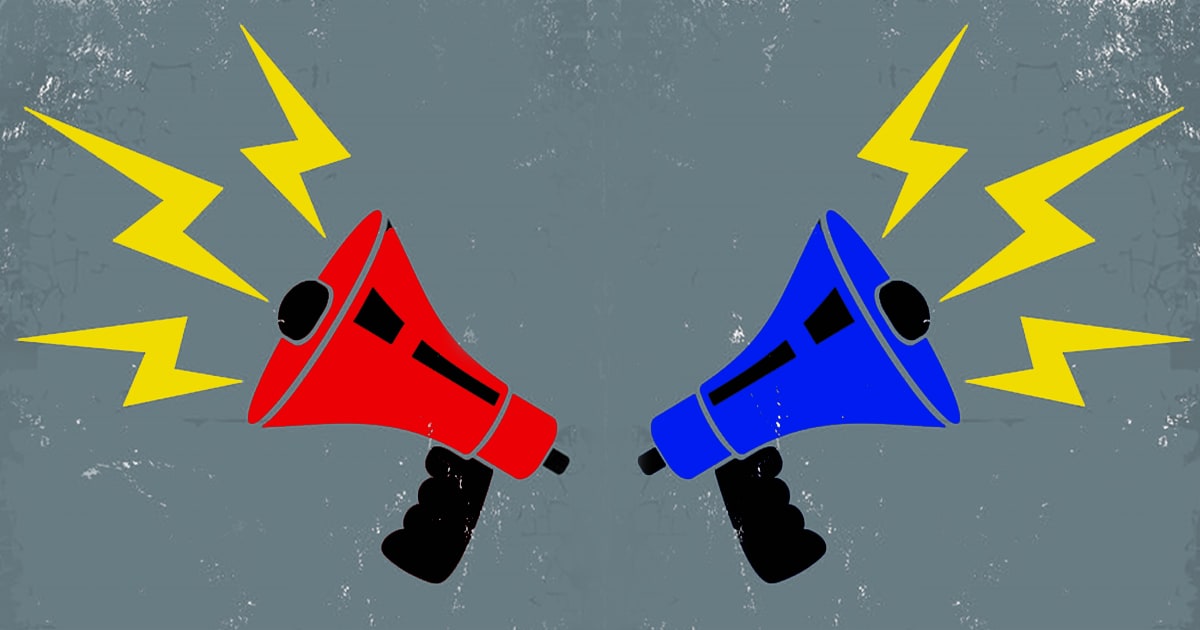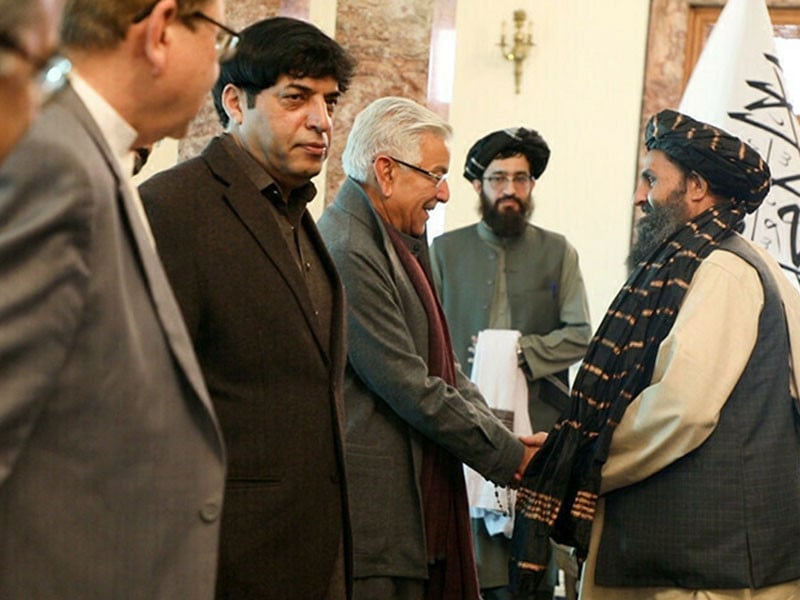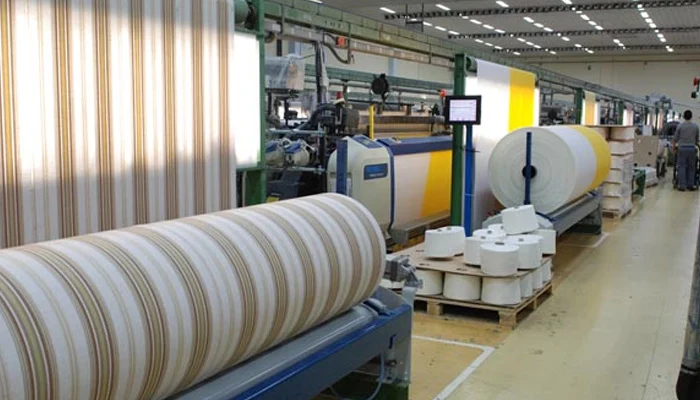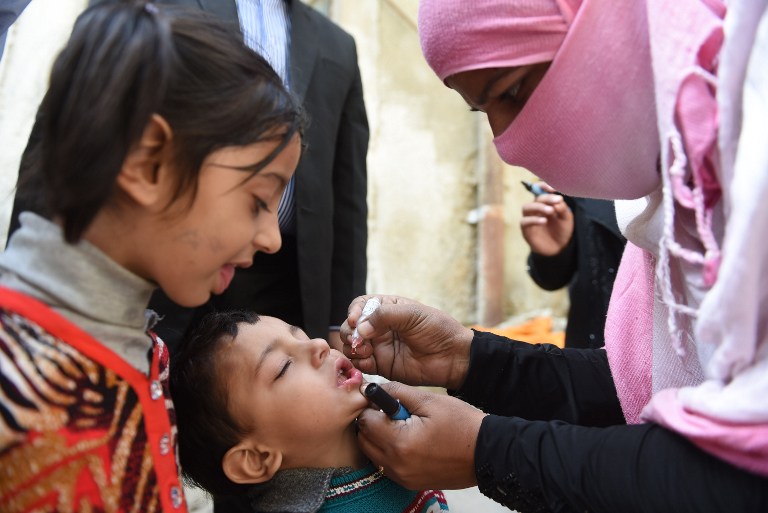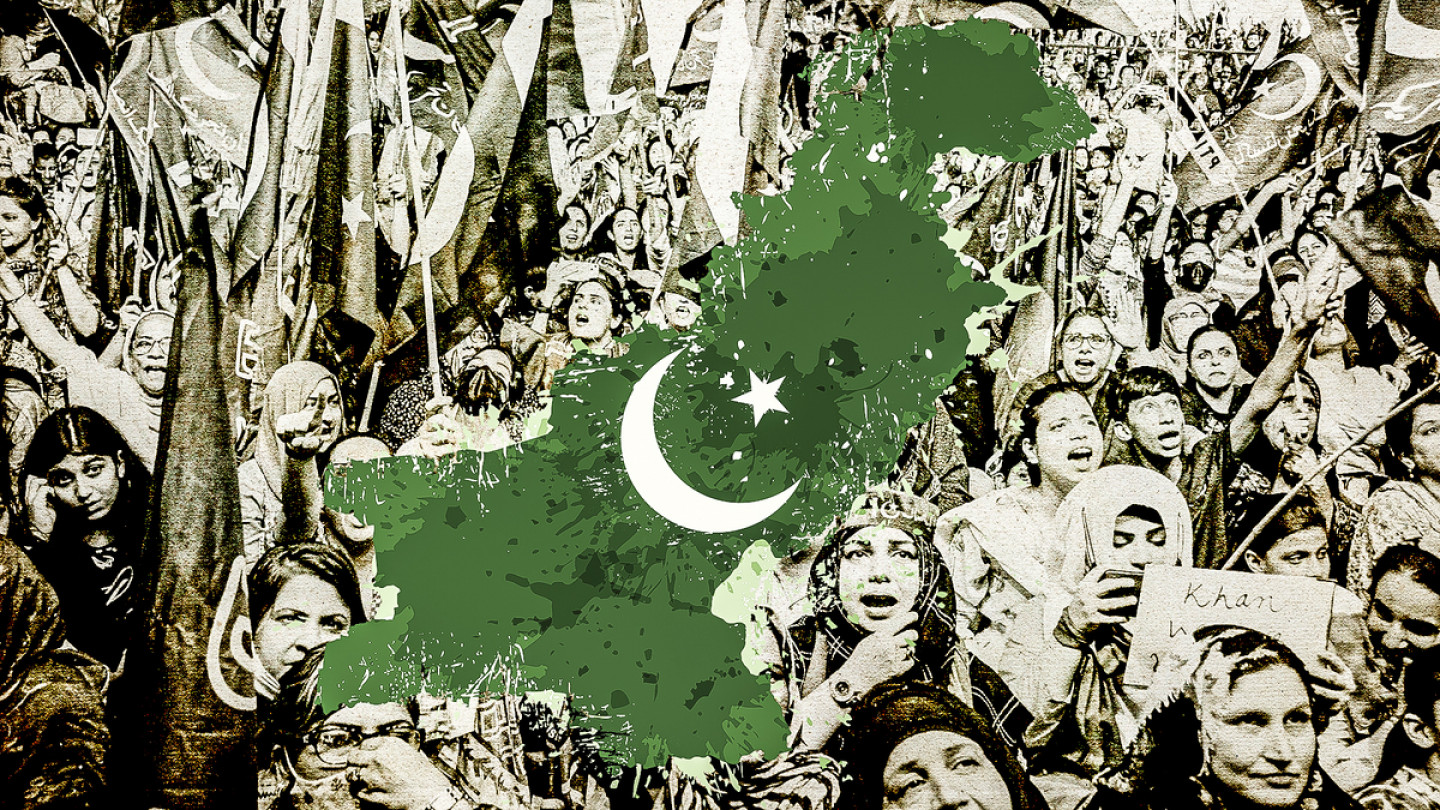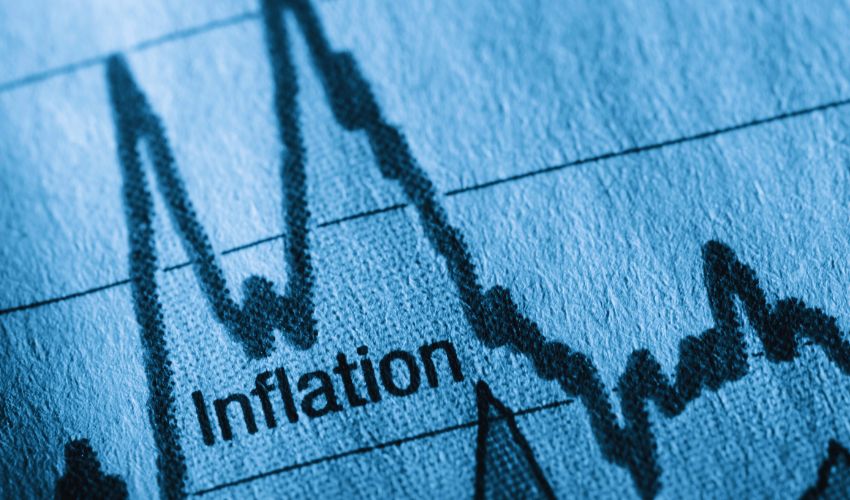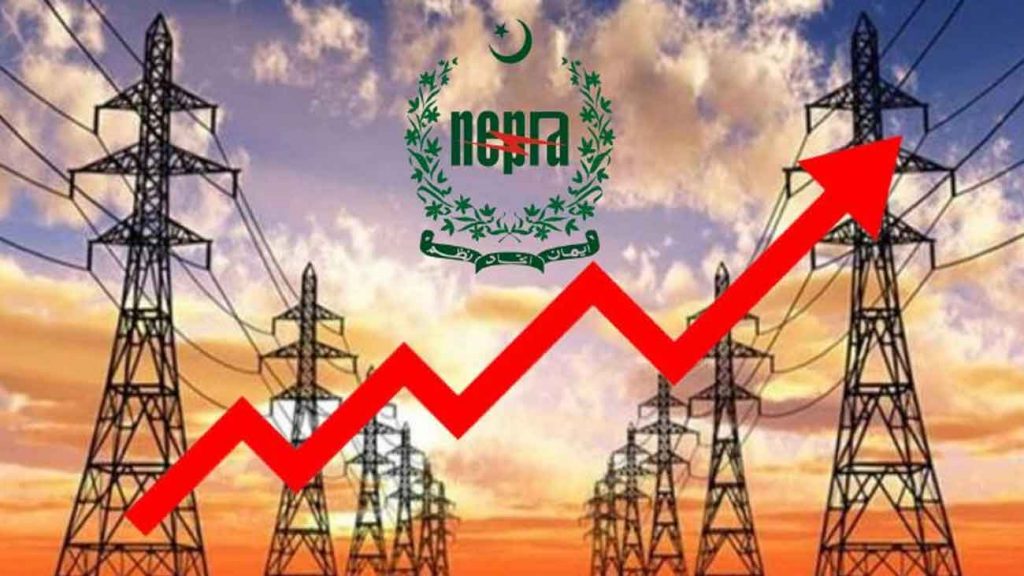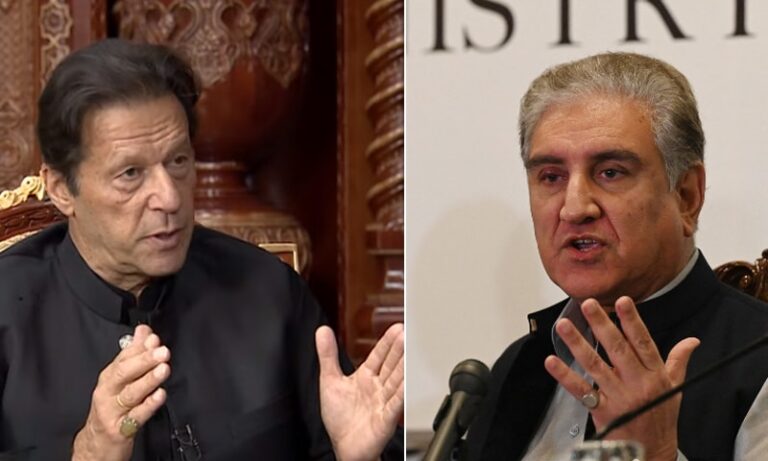EDITORIAL
In the broadest term, the economy covers the production, distribution and trade, as well as consumption of goods and services. Then, it is a social domain that accentuates the practices, discourses, and material expressions associated with producing, utilizing, and addressing scarce resources. Furthermore, an economy is a set of processes involving its culture, values, education, technological evolution, history, social organization, political structure, legal systems, and natural resources. These factors provide context, content, and scope and set the requirements and parameters in which an economy operates. In other words, the economic domain is a social domain of interrelated human practices and transactions that do not work alone.
Economic mechanisms can be individuals, businesses, organizations, or governments. Monetary transactions transpire when two groups or parties consent to the value or cost of the transacted good or service, commonly expressed in a particular currency. However, monetary transactions only account for a small part of the economic domain.https://republicpolicy.com/does-foreign-aid-boost-economy/
Economic activity primarily involves production, which uses natural resources, labour and capital. It has transformed over time due to technology, innovation, new outcomes, services, processes, growing markets, diversification of needs, and niche markets. It develops to increase revenue functions such as that which produces intellectual property and changes in industrial relations, most notably child labour, access to education and provision of amenities. Hence, the economy centres around productivity and monetizing production.
Pakistan is a low-income developing nation. Its economy is the 23rd-largest GDP based on purchasing power parity (PPP). According to a 2021 estimate, the Country has a population of 227 million (5th-largest worldwide). As of FY22, the nominal GDP of Pakistan stands at US$376 billion with a nominal GDP per capita of US$1,658 (177th worldwide); its GDP based on PPP stands at US$1.512 trillion with a GDP (PPP) per capita of US$6,662 (168th worldwide). Pakistan is a developing nation with a semi-industrial and agricultural economy. The Primary export commodities include textiles, leather goods, sports equipment, chemicals, and a few agricultural products.
After several experiments in economic restructuring, Pakistan momentarily operates a mixed economy in which state-owned enterprises account for a large portion of the gross domestic product (GDP). The Country has tested several economic models during its existence. At first, Pakistan’s economy fundamentally comprised private enterprise. Then, substantial sectors went under nationalization in the early 1970s, including financial services, manufacturing, and transportation. The government brought further changes in the 1980s under the military government of Zia ul-Haq. Specifically, an “Islamic” economy was introduced, which outlawed practices forbidden by Sharīʿah (Muslim law)—e.g., charging interest on loans (ribā )—and mandated such traditional religious practices as the payment of zakāt (tithe) and ʿushr (land tax). Though portions of the Islamic economy have remained in place, the state began in the 1990s to privatize whole or in part the significant sectors of the nationalized economy.https://republicpolicy.com/is-reforming-agriculture-sector-vital-for-national-economy/
The economy, primarily agricultural at the time of independence, has diversified considerably. Agriculture, now no longer the largest sector, contributes roughly one-fifth of GDP, while manufacturing provides about one-sixth. Trade and services constitute the most significant component of the economy and have grown considerably. Regarding the structure of its economy, Pakistan resembles the middle-income countries of East and Southeast Asia more than the poorer countries of the world. Economic performance compares favourably with many other developing countries; Pakistan has maintained a sustained annual growth rate since its independence.
At the same time, there has been a relentless increase in population, so, despite real economic growth, output per capita has risen only slowly. However, this slow growth in per capita income has not coincided with a high incidence of absolute poverty, which has been considerably smaller in Pakistan than in other South Asian countries. Nonetheless, a significant proportion of the population lives below the poverty line, and the relative prosperity of the industrialized regions around Karachi and Lahore contrasts sharply with the poverty of Punjab, Balochistan, and Khyber Pakhtunkhwa.
The rising population is a fundamental challenge to the economy. Critics attribute that population is a curse and an advantage simultaneously. However, it is more critical to ensure the population’s human resource quality than the population’s quantity. Unfortunately, the population’s human resource index is low, which is the fundamental cause of the poor economy. Education, health, and human resource reforms are the pre-requisite of the economy in modern times. The modern economy is the economy of services, technology and scientific innovations. No nation can compete without the provision of qualitative skilled-based education. Skill-based functional education shall be the priority of the government.
Administrative reforms of the public sector are crucial for the economy’s growth. It seems irrelevant. However, the bureaucracy dominates the policy and administration. All public regulators are dysfunctional and do not provide conducive support to public and private production businesses. The reforms of administration and bureaucracy are vital for the economy’s growth. Then, the coded economic law and delegated law need the incorporation of modern means of production and financial standards. The existing coded law is obsolete and needs revamping support. The law regimes are critical for the smooth circumstances of the economy. It helps and encourages the growers, manufacturers and developers.https://republicpolicy.com/an-overview-of-the-economy-of-pakistan/
Pakistan is the economy of the elite and cartels. The economic law, policies and structures support the cause of the elite economy. Who can control the elite? Democracy, devolution and representation can only alleviate the clutches of the elite. Political continuity and stability are essential for the economy of Pakistan. All the political parties may contract a charter of the economy for smooth and consistent economic policies. The local and provincial governments should exercise the devolved economic prerogatives and develop their provincial and district economies. All provinces and districts have different geography, resources and culture; the central economic agenda shall not justify the inherent difference. Therefore, governments should promote locally based economic structures. The state, through its organizations, should neither do business nor regulate the sector harshly. The private forms of productive economic systems must lead to the economy’s growth.
The cost of production is the fundamental challenge to the economy of Pakistan. The energy sector needs revaluation and revamping. Energy-deficient countries shall only catch up if they meet the challenge. The government needs to introduce market-based reforms in the energy sector for electricity, petrol and natural gas based on a transfer of control over the dispersal infrastructure to provinces. The application of technology is inevitable to secure energy security. Local means of energy shall only provide sustainability than import the energy material. Scientific innovation is critical for the growth of the energy sector. Skills, aptitudes and dexterities of the workforce are instrumental. The development of the profession of engineering to the levels of a competitive world is essential. Then the engineering sector is the most neglected in Pakistan.
Pakistan is a country of land mafia. The land mafia has annihilated the economy of Pakistan. It is a non-developmental sector that has eroded the agriculture and industry of the Country. It is directly in conflict with the production. How can plots make the economy of a country? The property sector is inherently social and can never be a part of the economy. It is devouring all local savings and investments. The economy will grow if the sector is regulated to the extent of providing residences and virtual business offices only. The economy of Pakistan should remain in the hands of farmers, technicians, scientists, technologists, experts, innovators and professionals than the mafia and cartels. It is a structural issue, and the base of the economy is export not import.https://republicpolicy.com/the-executive-denial-of-constitutional-fiscal-federalism-in-pakistan/
Pakistan does not require foreign direct investment FDI. Pakitan needs local direct investment LDI. Money laundering in any form is detrimental to the economy. Whatever you come up with your economic plans you have to plug out pilferage and take care of money launderers to encourage people across the social strata to take ownership of national resources and become partners in nation building. Then, Middleman is destroying the economy, and there is a need to develop structural mechanisms between growers and consumers. Pakistan cannot afford a consumer economy. It must have a manufacturing and growing economy. Managing natural resources, such as water, minerals, lands, wind and others, needs the application of technology and modernity. Digital technology is essential in improving the indicators of the economy. Then, all sectors of the economy need to play their role in the economy’s growth.
The unconventional modes of the economy are also fundamental for the economy. Tourism has tremendous potential in Pakistan. Then, the film and music industry plays essential roles in world economies. The entertainment and sports industry are the new vistas of the economy. They provide financial impetus and create a soft image vital for investments and other sectors of the economy. India has developed the appearance of their economy on the Bollywood and IPL. There are various new and technological markets emerging in the world. Hence, this is an age of modern economy, and only qualitative human resources can develop economies besides natural resources.
Lastly, political stability and economic consistency are vital for the economy of Pakistan. Tax collection reforms are essential both in processes and administration. However, it is a regressive approach. Pakistan requires a progressive course: growing the fields, manufacturing the articles, innovating the technology and developing the qualitative human resource with control of the population is the only way forward. https://republicpolicy.com/administrative-federalism-a-quest-for-provincial-administrative-autonomy/






































